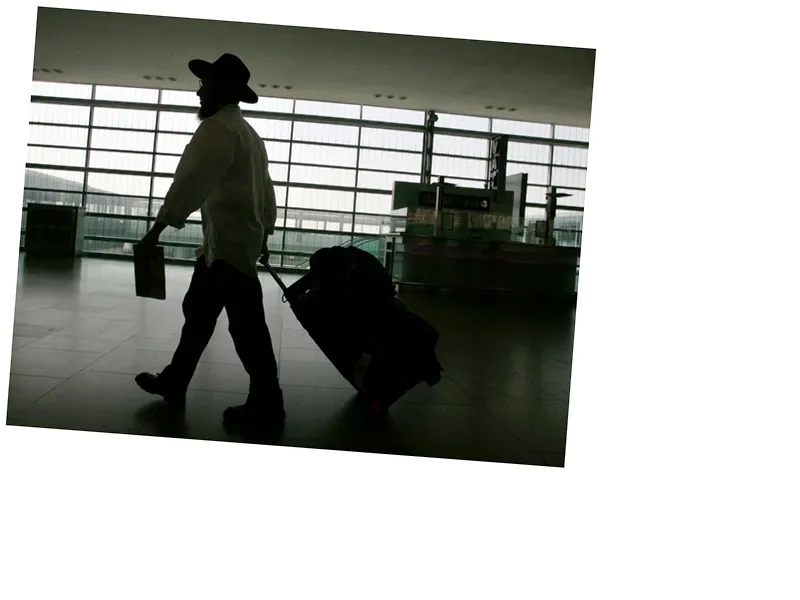The ongoing conflict between Israel and Hamas could be turning a corner as a peace plan proposed by US President Joe Biden receives UN backing. However, resistance from Hamas has caused significant tension, with varied responses to the proposal complicating the situation. US Secretary of State Antony Blinken emphasized the need for Hamas to agree to the terms to cease the hostilities and facilitate the eventual end of the war. 'Israel has accepted the proposal, and it’s now up to Hamas to follow suit,' Blinken stated in a press conference alongside Qatari Prime Minister Mohammed bin Abdulrahman bin Jassim Al-Thani.
Firing from both sides continues to heighten the conflict. Hezbollah, reacting to the death of its senior commander Talib Abdallah in an Israeli drone strike, launched over 160 rockets into northern Israel. This marked one of the most intense retaliatory responses by Hezbollah, showing the deep-seated tensions in the region. Also affected by the conflict, Palestinian factions including Hamas have been accused of engaging in war crimes by the UN Human Rights Council.
Despite these hostilities, some progress has been made. The humanitarian aid to Palestinians saw a substantial boost with the United States announcing an additional $404 million in assistance, signaling the international community's commitment to aid civilians affected by the war. Moreover, there's a united front promoted by the US to pressure Hamas into accepting the peace agreement, with Antony Blinken actively engaging regional leaders like Jordan's King Abdullah II to garner broader support for the plan.
In a recent string of updates, Hamas has shown mixed signals towards the ceasefire agreement, indicating willingness for negotiation on some terms. Negotiations, facilitated by Qatar and Egypt, are ongoing. Nonetheless, Israel views some of Hamas’s proposed changes as a rejection, potentially derailing the peace efforts. The US, along with international partners, continues to emphasize the importance of ceasing hostilities and freeing all hostages to pave the way for a lasting peace agreement.
A critical part of the peace plan involves a six-week ceasefire during which hostages would be exchanged, followed by permanent cessation of hostilities and reconstruction efforts in Gaza. The proposed three-stage plan is seen as a beacon of hope by many but hinges critically on Hamas’s agreement. Meanwhile, tensions along Israel’s northern border with Lebanon intensify as escalation of attacks with Hezbollah adds another layer of complexity to the already volatile situation.
- The role of the Qatari government has been significant, aiming to bridge the gaps between the parties involved. Qatari Prime Minister Sheikh Mohammed bin Abdul Rahman Al Thani conveyed his country's support for the UN resolution and stressed the urgency of bridging the differences to achieve a ceasefire.
- Izzat al-Rishq from Hamas's political bureau stated that their response to the truce proposal opens a door to eventual peace despite Israeli media's allegations of incitement. Hamas emphasized that their response aligns with the Palestinian people's demands and the resistance movement.
- The airstrike in southern Lebanon, which killed Hezbollah commander Talib Abdallah, has further inflamed the situation. Rocket fire from Hezbollah has escalated, intensifying border conflicts and risking a broader regional war.
- Despite these tensions, diplomatic efforts continue. US Secretary of State Antony Blinken engaged with Israeli leaders, reaffirming their commitment to the peace plan. This involvement illustrates the broad international effort required to bring an end to the conflict.






